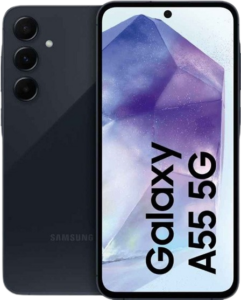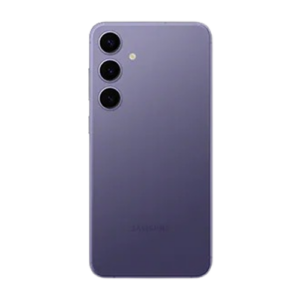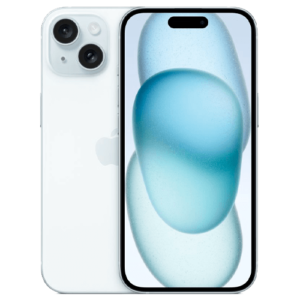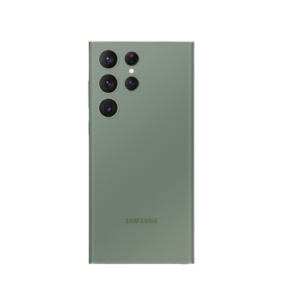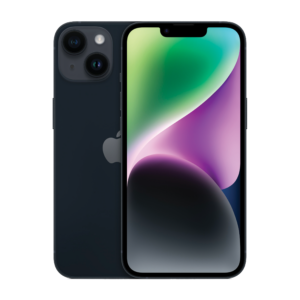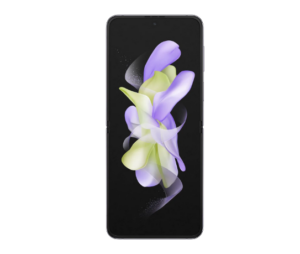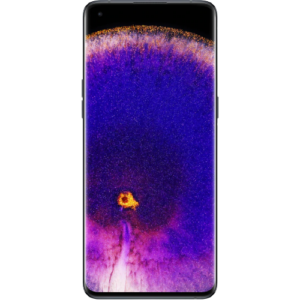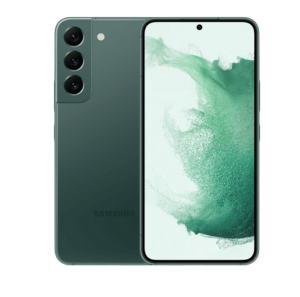An underwhelming camera and other growing pains hold the HMD Pulse Pro back.
HMD Pulse Pro review: Built to last but not impress
HMD has built its reputation on the back of the Nokia name but now it's looking to make a play for the budget smartphone market on its own merits. The HMD Pulse, HMD Pulse Plus and HMD Pulse Pro are the brand's first stab at standing out on their own merits. While there's something to like about seeing a new name in the mix when it comes to Australia's fast-stagnating smartphone landscape, there are just as many growing pains here as there are genuine gains.
The finished product ends up feeling a little under-cooked. More often than not, the HMD Pulse Pro feels like yet another budget phone rather than a new budget phone to consider and a tired reprise more so than a fresh spin on the formula.
How much does the HMD Pulse Pro cost in Australia?

In Australia, the HMD Pulse Pro starts at $299. That sum puts it towards the cheaper end of the budget smartphone segment, but it also makes it the most expensive of the three devices HMD announced back in May. For reference, the standard HMD Pulse Pro starts at $229 and the HMD Pulse Plus starts at $259.
Fortunately, you might find a decent deal on the device if you look around. Here's a complete round-up of the best prices and deals for HMD Pulse Pro in Australia.
HMD Pulse Pro - Design and Features

The HMD Pulse Pro mostly walks the walk when it comes to looking more expensive than it is. The glossy glass back plate here is a fingerprint magnet, but it does complement the bold colours on offer in a way that is relatively rare for devices around this price point. There aren't that many bells and whistles, but the list here does include a side-mounted fingerprint sensor, a headphone jack and IP52 water resistance.
Unfortunately, any sense that the hardware here swings above its weight in the same way doesn't last long. The bezels on the HMD Pulse Pro are pretty chunky and the 6.56-inch display isn't quite a standout when it comes to brightness or resolution. It's mostly good enough to get by with, but there's little to celebrate. The 90hz refresh rate can only do so much.
These shortcomings when it comes to specs come offset by the promise that the Pulse Pro will have a longer shelf life than most budget phones do. According to HMD, the handset will get two years of software updates and three years of security updates.
As with the rest of the inaugural Pulse "Collection" of devices, a broken Pulse Pro can also be repaired by consumers directly using a self-repair kit available through iFixit. This inclusion makes for a sharp contrast to the overtly disposable quality that many devices at this end of the affordability spectrum embody. This idea that you're buying a cheap phone that will last the distance is the strongest aspect of the story that HMD is trying to tell with its first set of house-brand handsets, even if it is undercut by the absence of 5G connectivity.
Then, there's the camera situation. The back of the HMD Pulse Plus features a 50MP rear camera with a 2MP depth sensor. This is matched by a 50MP camera on the opposite side. If those numbers are big enough to inspire confidence, the bad news is that reality falls far short. As someone who has reviewed a lot of smartphones (and a lot of cheap ones), the kindest thing I can say is that the camera on the HMD Pulse Pro isn't unusable. At the same time though, the difference between what you're getting here and what you can find in the mid-range market nowadays is pretty stark.
The photos I took on the HMD Pulse Pro barely held up to scrutiny on the device's screen but didn't stand a chance once I dragged them onto a higher resolution one. The device struggled to hold its focus in well-lit situations and dimmer ones. I quickly found myself just as reluctant to share close-ups as I did landscapes and the results produced by the Pulse Pro's night mode were more-or-less unusable.
















HMD Pulse Pro - Performance

Under the hood, the HMD Pulse Pro is powered by the Unisoc T606 processor, 6GB of RAM, 128GB of storage and a 5000mAh battery. Those specs aren't exactly bottom of the barrel but you don't have to look very far to find competitors that offer more for less. Even if it doesn't directly hurt it, that reality doesn't do much to sweeten the everyday experience of using the HMD Pulse Pro as your daily driver.
The processor feels like the weak link here, though the extra RAM does a lot to disguise its inherent thriftiness. Some apps loaded reasonably quickly. Others took far longer than you'd expect.
Unfortunately, any wins here are quickly eroded by the overbearing version of Android that the Pulse Pro ships with. While what's here is relatively close to the close-to-stock Android experience that HMD's Nokia devices were known for, that initial familiarity ends up setting you up for trouble.
For example, many app icons have been HMD-ified into a black-and-white colour scheme by default. This actively hurts readability and makes finding your usual apps more difficult than it needs to be.
I even encountered bottlenecks when it came to the Pulse Pro's Wi-Fi connectivity. Streaming music over my home network was plagued by buffering issues while longer game downloads took much longer than they needed to since the device could only manage a fraction of my usual download speeds (and even then, it couldn't sustain them for long). I didn't have these issues with any other devices nor did I have them when I connected to 4G, so I can only assume that the modem inside the Pulse Pro is the culprit.
When it came to checking my email or posting to Threads, the Pulse Pro rarely missed a beat. However, the minute you try to do something more demanding, you'll likely feel constrained by what little the underpowered processor inside the device has to offer. Diablo Immortal struggled to maintain a stable framerate and less demanding titles like Dawncaster or Mahjong Soul didn't fare that much better. If you're someone who likes to play mobile games, the Pulse Pro is unlikely to meet your expectations.
In terms of battery life, the 5000mAh cell inside the HMD Pulse Pro proved surprisingly unreliable. I've had some days where it faded away in less than a single day. Others where it lasted well into a second. Burned down from 100% to zero using video streamed over WiFi, the HMD Pulse Pro lasted 21 hours and 9 minutes. That result puts it well below where even other budget-friendly handsets typically fare.
The HMD Pulse Pro supports fast charging but only up to 20W. That's not nothing, but it is well short of what other budget-friendly brands offer. If you're looking at the Pulse Pro as digital downsizer, that's not necessarily going to be a deal-breaker but for those looking to squeeze the most out of their budget, it's another front where the device falls short on value for money.
Is the HMD Pulse Pro worth buying?

There's enough that I like about the HMD Pulse Pro that I hope to see a second-generation version of it but not quite enough that I'm willing to endorse this one without some pretty sizable caveats. It's a budget phone with the right ideas but a lot of the wrong parts.
Between the polished design and commitment to repairability, there's a sense of identity here that most devices around this price point sorely lack. However, those strengths are hard to stand by in the face of the HMD Pulse Pro's significant shortcomings when it comes to its everyday performance.
Maybe part of the problem is the lack of clarity on who this device is for. HMD's marketing has highlighted the camera on the Pulse Pro so much that it feels certain to fall short, The same goes for the repairable design. If you're the kind of Android enthusiast who cares about that, chances are you've probably already written this device off because of its icky Android skin or how its specs compare to the competition.
The Pulse Pro gets enough right that it'd be an unfair to call HMD's house brand quite dead on arrival but it isn't quite the shock to the system that it ought be either.
Related Articles









